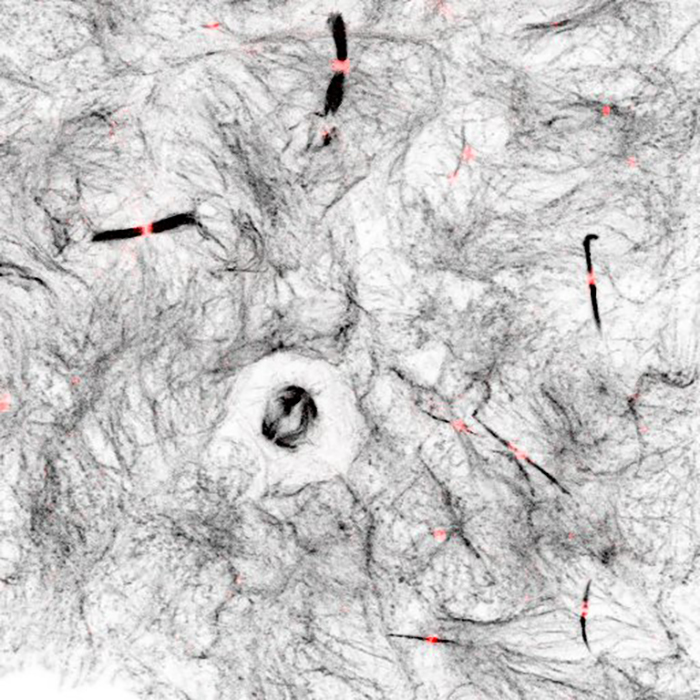Splitting to differentiate | New Dev Cell publication for Paluch Lab
In the early embryo, cells change fate from a pluripotent state where they have the potential to become any cell type, towards more and more specialised cell types. One such fate transition is exit from naive pluripotency, when cells become receptive to differentiation signals; at the same time, cells rapidly divide to proliferate and increase the size of the embryo. In stem cells extracted from the mouse embryo, cell division and naïve pluripotency exit are coupled because inhibiting cell division impairs fate transition; yet the underlying mechanisms are unknown.
In their recent publication in Developmental Cell, Chaigne and colleagues investigated the coupling between cell division and exit from naïve pluripotency. Using mouse embryonic stem cells, they demonstrated that cells exit pluripotency directly after cell division, and that exit dynamics are tightly coupled between daughter cells, even when the two cells have considerably different sizes. This coupling results from the fact that when a naïve stem cell divides, the two daughter cells remain connected by a bridge for many hours after cell division, effectively still exchanging material even though division took place. Severing of this bridge accelerates during exit from pluripotency. Interestingly, artificially maintaining the bridges delays exit from naive pluripotency, while cutting them precociously using a laser accelerates exit. This works sheds light on how a basic process, such as cell division, can be remodelled quickly during development to allow transitions between fates.
More about the Paluch lab here.
 Close
Close


